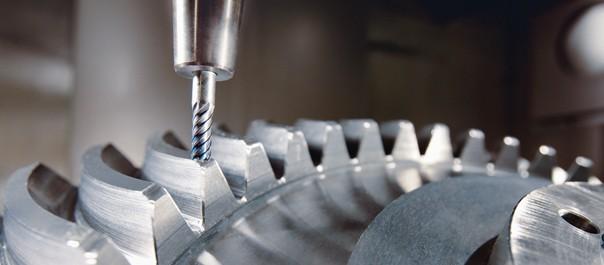Motion Control – The Core of CNC Machines
The most rudimentary function of any core of CNC machine is automatic, accurate, and steady motion control. Rather than applying totally mechanical devices, as is obligatory on most conventional machine tools, CNC machines let you control motion in a groundbreaking manner. All methods of CNC equipment have two or more ways of motion, called axes. [...]

